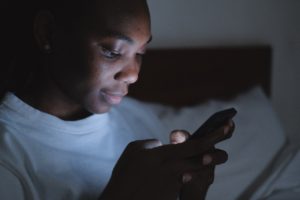What causes a stroke?
Strokes happen as a result of blood loss to the brain. Sometimes a clot blocks the blood vessel, while at other times a haemorrhage interrupts blood flow. Not only do strokes cause loss of speech, paralysis, or drooping of one side of the face or body, but they also frequently have an impact on one’s vision.
What are the common visual results of a stroke?
These visual complications vary in effect and severity. Many times, the effects are annoying and consistent, though not easily detectable. For example, you might have trouble finding things in the fridge because your field of vision in one of your eyes has weakened.
Visual conditions caused by a stroke can generally be ranked into one of the following categories:
- Central vision issues. This is best characterized by large changes in clarity of vision and by blurriness.
- Loss of visual field. Up to half of stroke victims experience loss of vision in the right or left visual field. This condition may or may not be easily to recognize if you have it.
- Visual perception deficits. Someone who experiences this may lose awareness of one side of their body, have trouble recognizing faces, struggle to recognize certain colors, and have trouble with depth perception and motion.
- Eye movement abnormalities. This can cause misaligned eyes, known as strabismus, difficulty with focusing on near objects, or double vision. This is often the result in damage to cranial nerves which manage eye movement.
Can these effects be treated?
To a large degree, yes! Neuroplasticity is a term that refers to the brain’s ability to rewire itself and adapt to do what it needs to do, in spite of loss. We have found that with the right stimuli, training and exercises, this remarkable quality can cause the brain to heal itself in many cases.
Consistent vision therapy can retrain the brain to use its abilities, and it can restore those key connections which enable it to correctly process and interpret visual information. By presenting different, repeating stimuli to the brain we can target specific visual abilities that have been lost, making regrowth possible.
Some of these visual struggles can sometimes be reversed in a mere matter of weeks. Others can sometimes take months depending on the severity of the condition. Regardless, if you or a loved one has had a stroke, we’d love to chat and see how we can help!
Sources:



